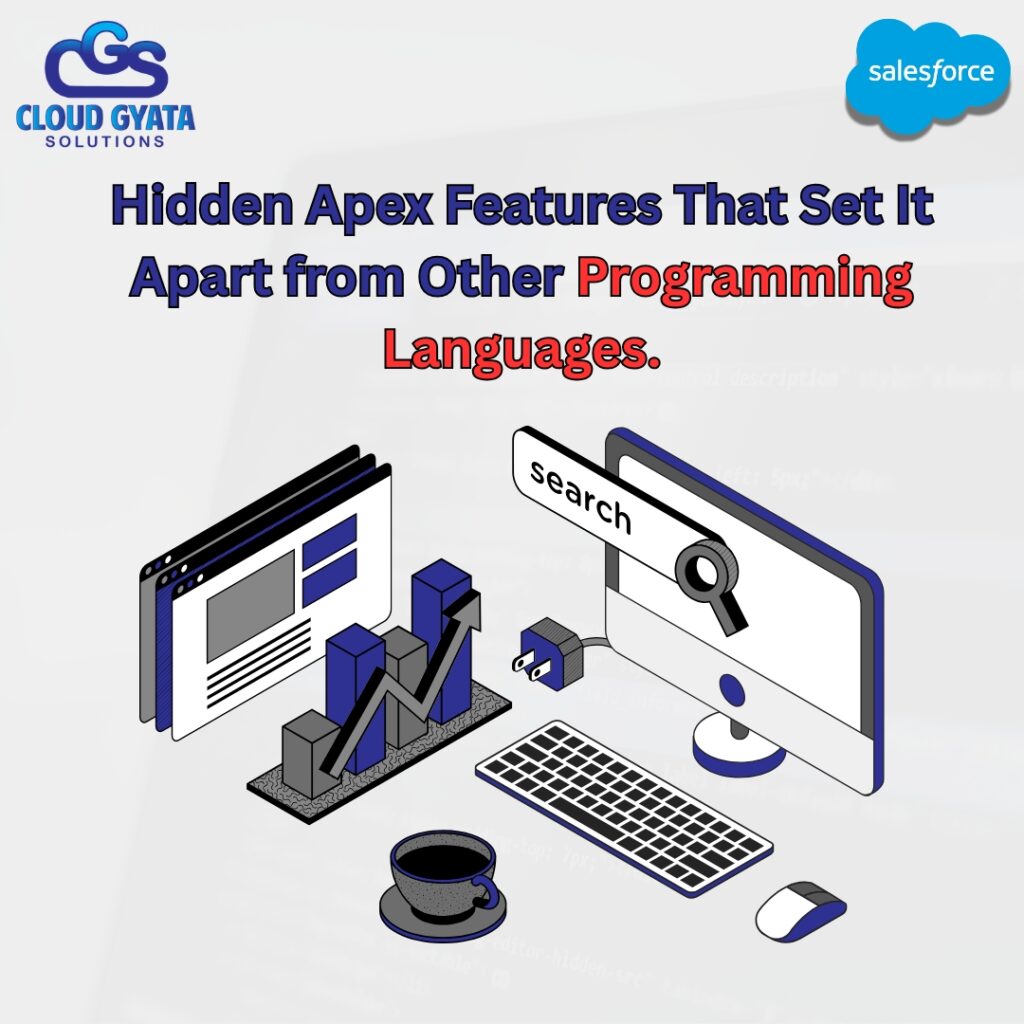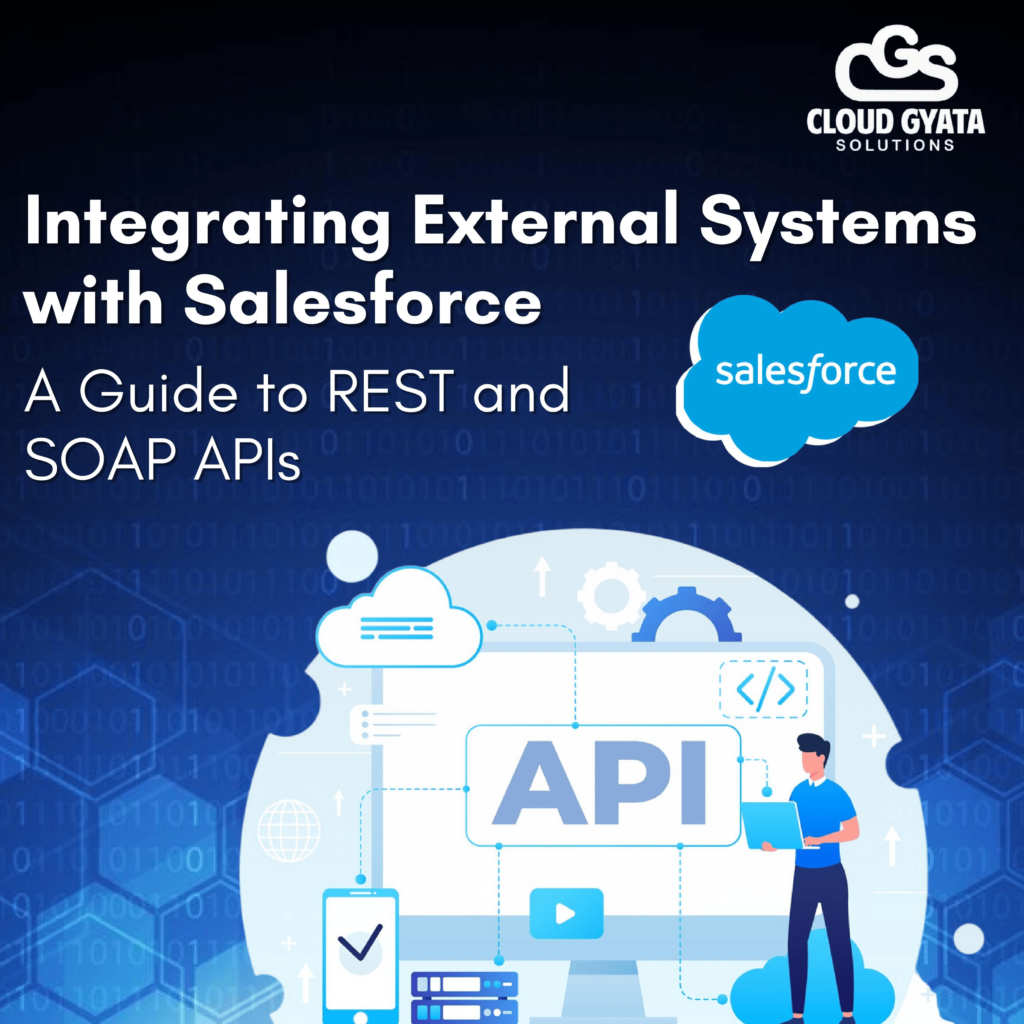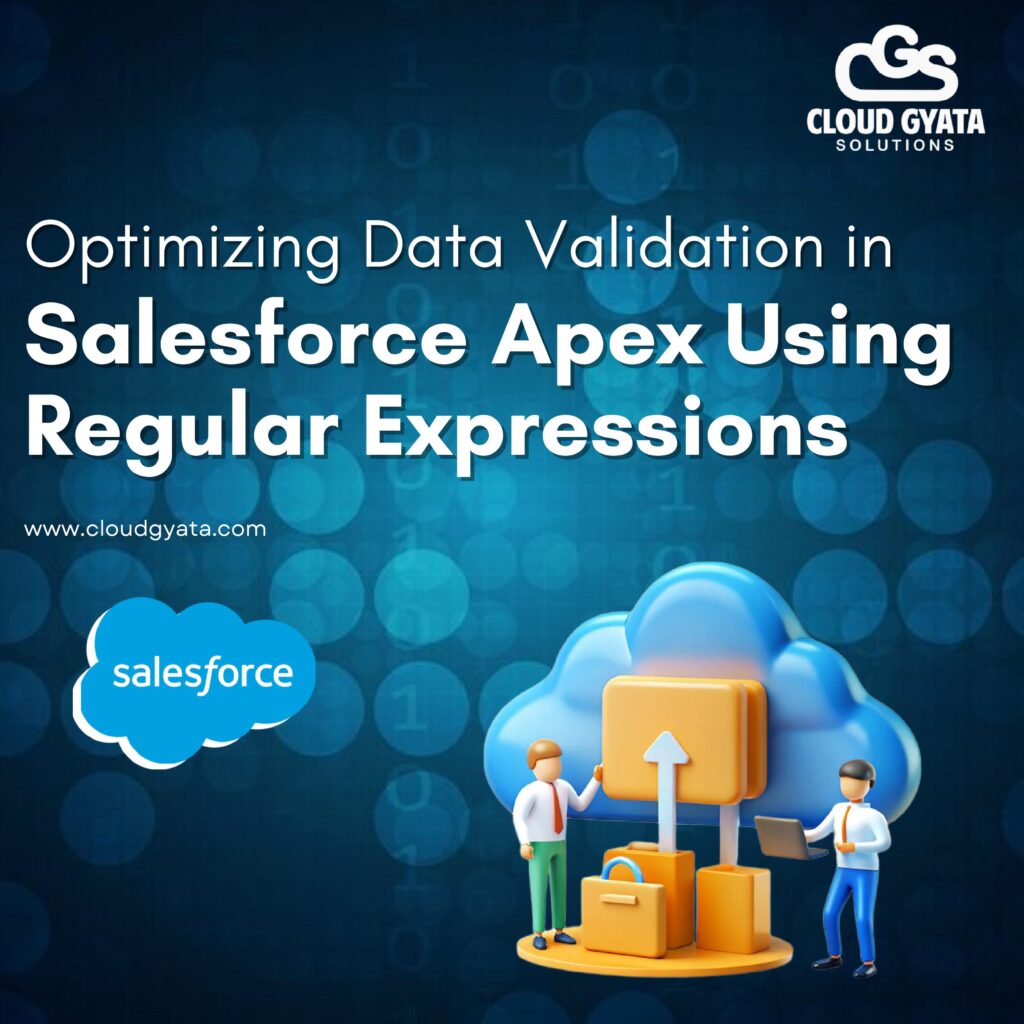The Secret to Writing Ultra-Optimized Apex for Large-Scale Data Processing

When you’re writing Apex in Salesforce, it’s not just about making the code work — it’s about making it work well. And in enterprise environments, where large-scale data processing is the norm, performance isn’t a luxury — it’s a necessity. So what’s the secret? It’s a mix of understanding the Apex runtime engine, respecting Salesforce’s […]
The Secret to Writing Ultra-Optimized Apex for Large-Scale Data Processing Read More »










